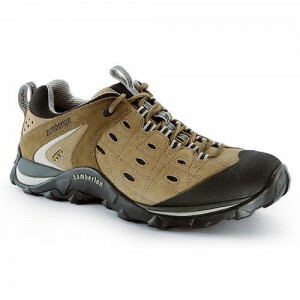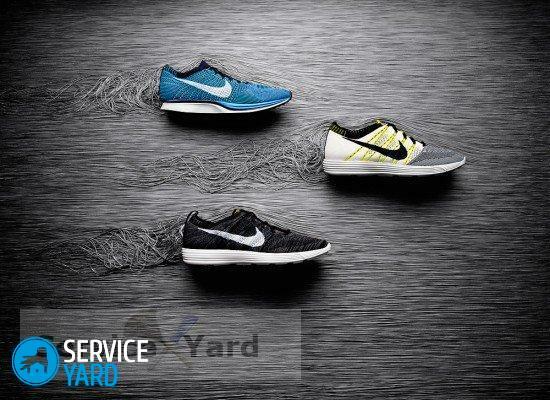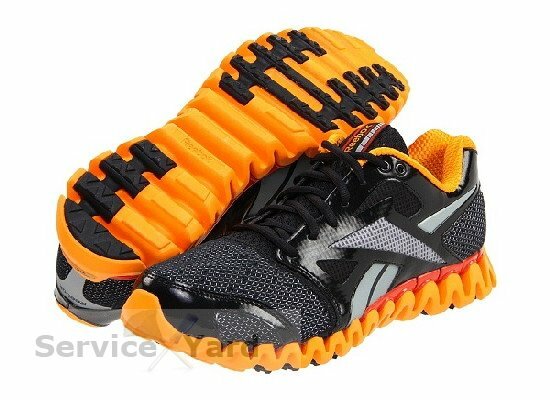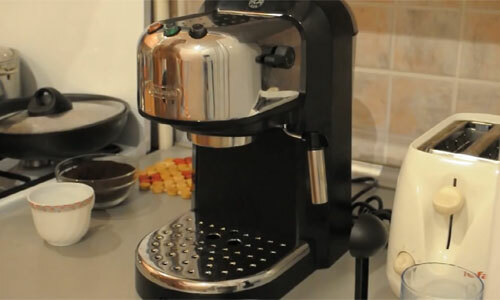
- How to choose the glue for shoe repair?
- How to store glue for shoes?
The most comfortable and versatile shoe - sneakers. When buying even expensive shoes, the situation is not ruled out that during operation sneakers start to leak, deform, and eventually wear out and tear. If for you they are expensive or with them you have a lot of connected, then of course it will be a pity to throw out your favorite footwear. Do not worry, in this article we'll show you how to glue the sneakers, because the simplest and most affordable way of repairing is the use of glue for shoes.
to the table of contents ↑How to choose the glue for shoe repair?
 To date, effective adhesive formulations for footwear have almost completely supplanted traditional fasteners, such as threads and nails. In the production of 80% of modern footwear, different glue compositions are also used.
To date, effective adhesive formulations for footwear have almost completely supplanted traditional fasteners, such as threads and nails. In the production of 80% of modern footwear, different glue compositions are also used.
Polychloroprene, polyurethane compounds in the form of aqueous dispersions of polymers, rubber latexes are used to tighten the blanks of the upper part. The main advantages of such formulations are:
- no damage to the integrity of materials connected with glue;
- durability and reliability of adhesive joints;
- elasticity of adhesive joints;
- water resistance, frost resistance;
- independence of bonding strength from the thickness of the part.
The following types of tools are the most popular in footwear production:
- Nairit glue. It is used mainly for fastening soles and rubber heels, tightening the blanks of the upper part of the product, as well as for attaching elastic toes. Advantages: water resistance, creates a strong seam, glues almost all materials( leather, synthetic, rubber), fast gluing. Disadvantage - does not work if you need to fasten the top and the sole of polyurethane. Given these properties, it is perfect for solving the problem of how to glue sneakers.
- Polyurethane product. They miss the workpieces and glue the soles. Advantages: fastening, quickly hardens, securely fastens porous surfaces. Good glues such materials: textiles, leather, rubber, synthetics. The most popular in the work with shoes is Desmacol.
- Polyvinylchloride. This compound is used for textile and leather insoles, braids. Advantages: elasticity, good fastens textile layers, leather parts, suitable to cope with the task, how to glue sneakers.
- Glue is rubber-chlorovinyl. This compound is used for gluing insoles and rubber soles. Most suitable for repairing summer shoes. Disadvantage - does not give resistance to moisture and frost;
- Combined adhesive. Used for fastening rubber soles, as well as for coating the edge of the workpiece. Used for stitch fixing. Apply for sealing joints and smearing wounds.
Which glue is better?
Specialists consider one of the best adhesives for work with footwear - glue "Eva".Advantages of this composition:
- hypoallergenicity;
- elasticity;
- lightness;
- moisture resistance;
- Transparency when dry.
Disadvantage - not suitable for working with PVC.
Important! Carefully read the instructions on the glue pack to determine what materials and purposes it is intended for. If necessary, consult the seller.
If you decide to do self-repair of sneakers, then you need to buy a good glue. When buying, read more reviews and recommendations left by previous buyers.
The most common brands of glue
 Well-known brands of glue:
Well-known brands of glue:
- "Moment";
- PVC;
- epoxy adhesive;
- Desmokol;
- rubber adhesive;
- "Super-glue".
How to repair the sneakers
Before you glue the sneakers, wash them and determine the damage. After that:
- Degrease the surfaces to be bonded with alcohol or acetone.
- Wipe surface with dry cloth.
- Apply glue to repair the shoe with a layer of 2-3 mm. Depending on the brand, two layers may be required.
- Allow time to dry with glue( minutes 10).
- Press the connected surfaces together with the load. Use a rubber bandage for wrapping shoes.
- Leave the glued shoes for a day. The setting time of the glue is from 3 to 10 hours.
- Remove excess glue.
The defect of the broken sole or worn out shoe of the sneaker can be removed with a piece of fine rubber. In this case, use only a particularly durable shoe glue.
Important! All repair work should be carried out in a well-ventilated area.
If the quality of shoe repair is difficult to do at home, then it's better to contact experienced craftsmen.
to the contents ↑How to store glue for shoes?
The remaining glue for shoe repair can be stored until the following cases. Adhere to some tips:
- Store the glue in a dark, cool place, but not in the refrigerator to avoid condensation.
- The tube must be stored in an upright position.
- Glue a sticker on the tube with the date of opening, in order not to forget to update on time.
- Wipe the tip of the tube with a lint-free cloth to extend the life of the adhesive.
- After use, tighten the cap tightly.
- During storage, adhere to the temperature regime, as well as humidity. The optimal conditions are 22-24С, 50-60% of humidity.
Important! Carefully read the instructions for storing the glue you have selected.
We hope that the advice you received will help you to repair your favorite sneakers, and they will serve you for a long time in any conditions.



